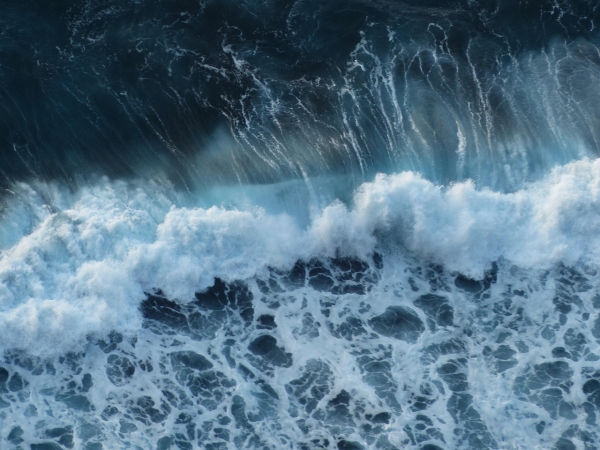The ocean isn’t just impacted by climate change — it may also be part of the solution to reversing it.
Direct ocean carbon capture (DOC) is an emerging form of negative emissions technology that has advantages over its on-land counterpart, direct air capture, because of its ability to avoid land use. DOC can also conveniently be paired with offshore wind and offshore carbon dioxide storage.
Katherine Hornbostel, an assistant professor of mechanical engineering and materials science at the University of Pittsburgh Swanson School of Engineering, is well-versed in the field of carbon capture technologies. She has been actively collaborating with Assistant Professor Tagbo Niepa from Pitt’s Department of Chemical and Petroleum Engineering to develop innovative ocean carbon capture solutions.
The team published two sister papers, “Demonstration of direct ocean carbon capture using encapsulated solvents” (DOI: 10.1016/j.cej.2023.144140) and “Demonstration of direct ocean carbon capture using hollow fiber membrane contactors” (DOI: 10.1016/j.cej.2023.143868), in the Chemical Engineering Journal. These two papers demonstrate experimentally and computationally how two types of membrane contactors - encapsulated solvents and hollow fiber membrane contactors - can remove carbon dioxide from the ocean.
Read more at University of Pittsburgh
Photo Credit: Hans via Pixabay


